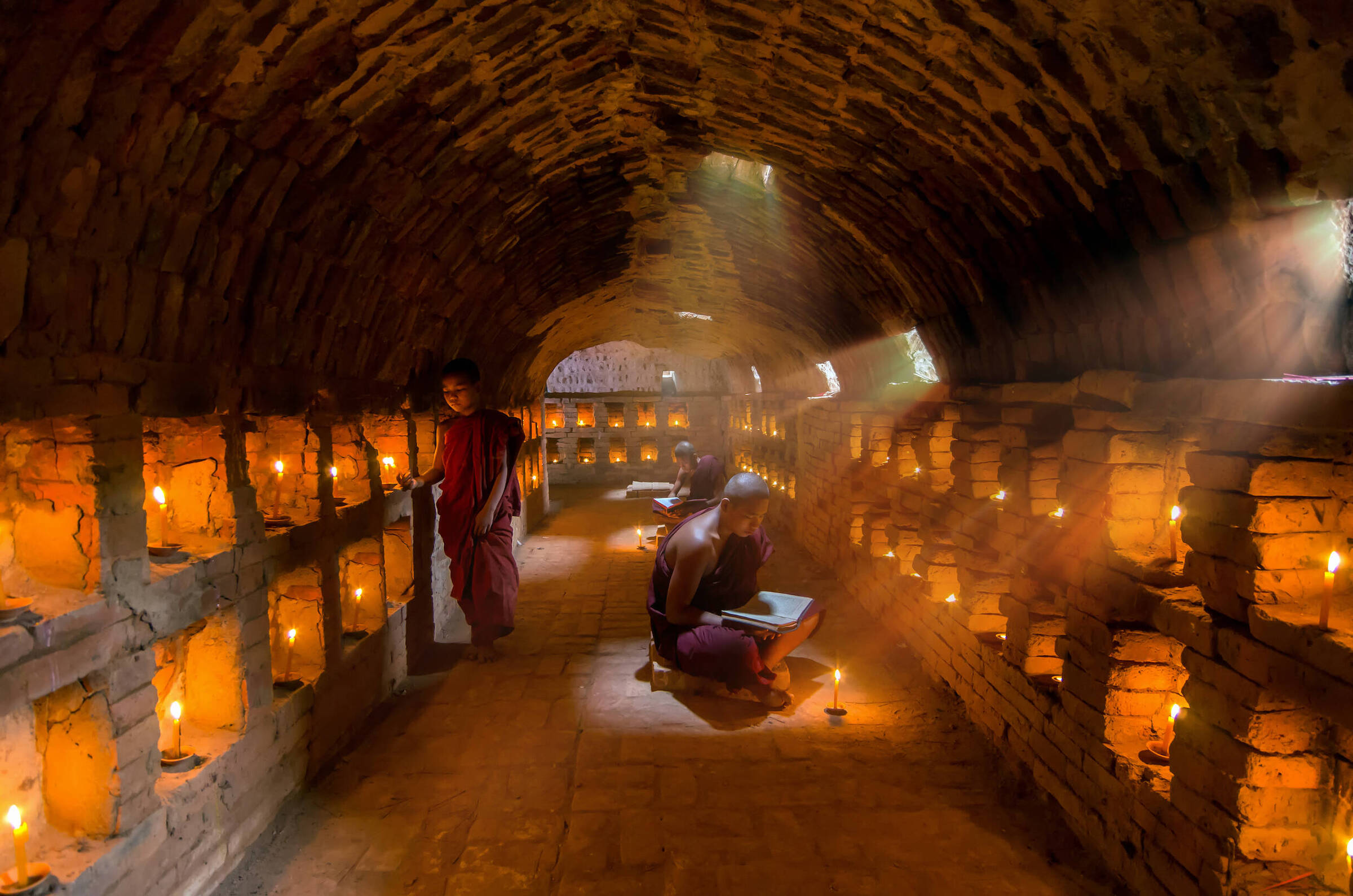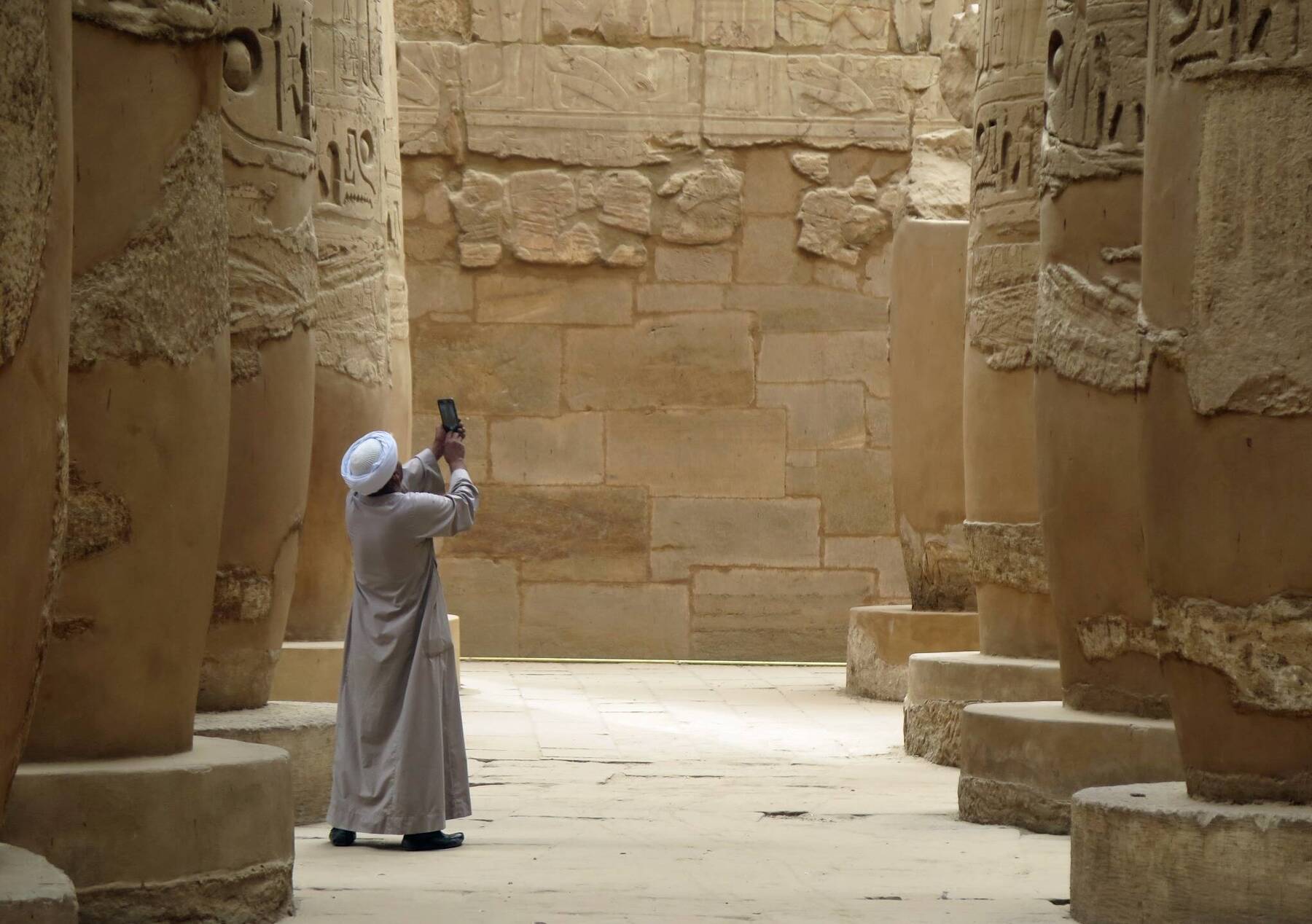The Lion Rock, Sigiriya
The legendary Lion Rock surges 200 metres above the surrounding jungles from the central plains of Sri Lanka. At its foot are two giant clawed paws, remnants of the lion that was once a key feature of the rocky fortress. In antiquity, the initial ascent would lead people first through the monumental lion paws as today and then directly into the mouth of the lion — which sadly no longer exists.
But the ascent is still incredibly impressive. The 1,200 steps lead visitors past ancient frescoes, various inscriptions dating back to the 8th century, and a vast mirror wall — it was once so well polished that the clearly vain king Kasyapa who built the complex in the 5th Century could see his reflection in it. At the top, the views of the surrounding landscapes are phenomenal, with heavenly vistas of the lush emerald-coloured jungle quickly taking attention away from the ancient ruins of the palace complex that sits atop the rock.























Comments